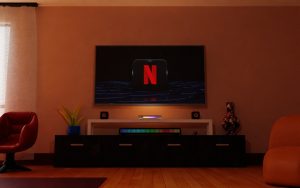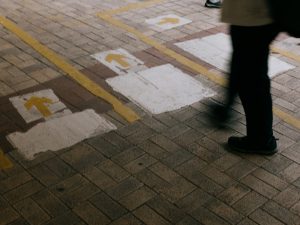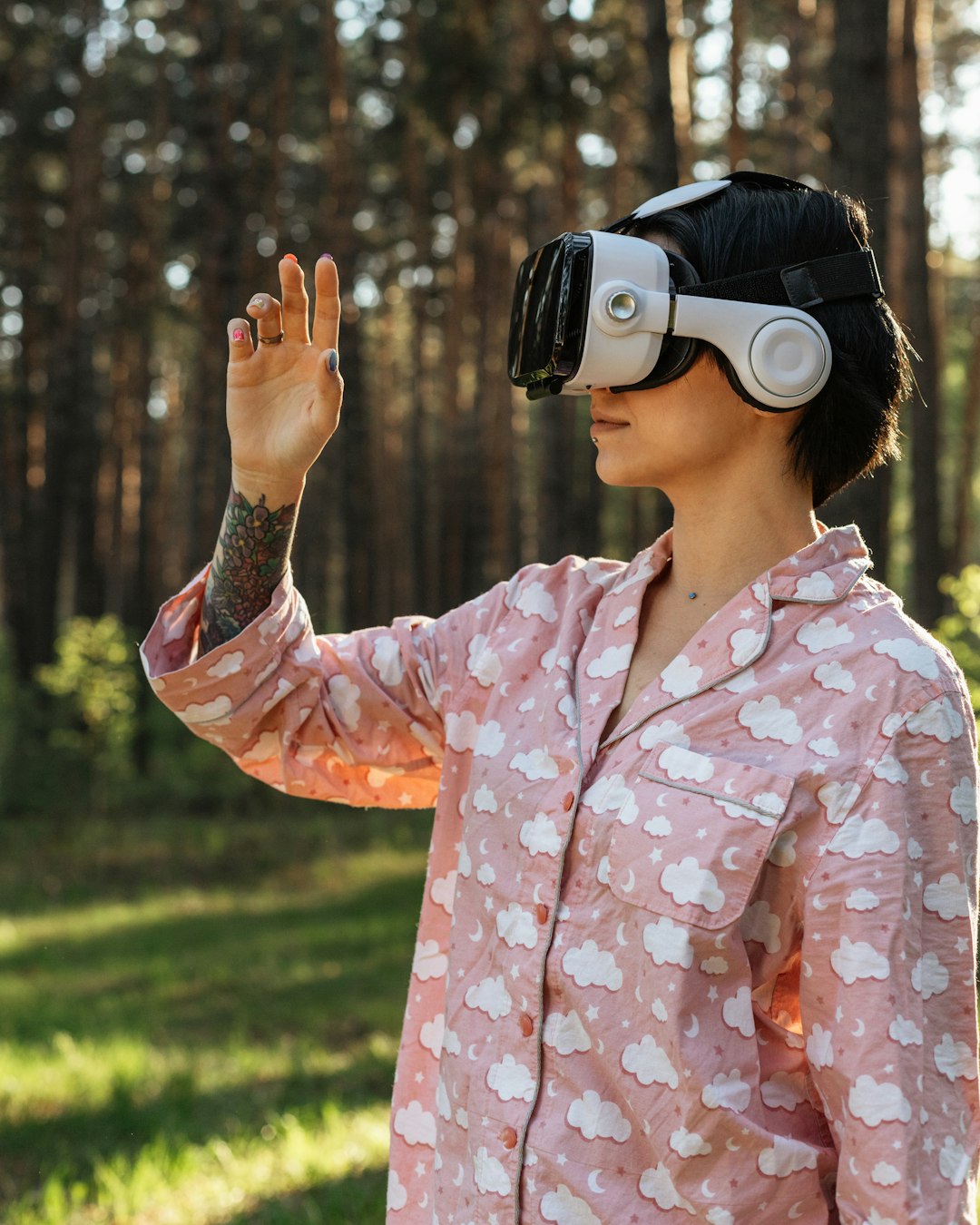
As artificial intelligence continues to evolve, its application in the creative industries is becoming increasingly sophisticated. Among the most compelling innovations is AI palette technology — tools and systems powered by AI that generate, modify, and adapt color palettes for artistic, design, and multimedia purposes. These technologies are redefining workflows in fields like fashion, film, graphic design, gaming, and interior design, allowing creators to explore new dimensions of color theory and aesthetic design in ways that were once unattainable.
The Rise of AI-Driven Color Curation
The process of selecting a color palette has traditionally relied on human intuition, trend analysis, and experience. However, AI palette technology is transforming this approach by offering data-driven and context-aware solutions. These systems can analyze user preferences, market trends, and psychological data to generate palettes that are not only visually compelling but also strategically designed to invoke the intended emotional response.
AI palette systems utilize deep learning algorithms trained on vast visual databases, ranging from historical art and photography to contemporary digital designs. Through pattern recognition and style transfer methods, these tools can suggest aesthetically balanced color combinations that suit a given context or brand identity.
Key Features of Emerging AI Palette Tools
The next generation of AI-powered color tools is already being defined by several advanced capabilities:
- Context-aware adaptation: AI can adjust color schemes based on environmental factors such as lighting conditions, cultural symbolism, or even user geography.
- Real-time feedback: Integrated into design software, AI palette aids can offer instant suggestions as artists work, helping to refine or adjust color harmony on the fly.
- Emotional mapping: By associating colors with moods and feelings, AI can produce palettes aimed at evoking specific emotional reactions, which is especially useful in marketing, film, and branding.
- Accessibility optimization: AI can ensure that palette selections are suitable for viewers with color blindness or other visual impairments, automatically adjusting hues to maintain contrast and clarity.
Future Trends Shaping AI Palette Technology
As we look toward the next decade, several trends in AI palette technology are set to reshape the creative landscape dramatically:
1. Integration with Augmented and Virtual Reality (AR/VR)
With the growing popularity of AR and VR platforms, color curation must transcend static screens and adapt to immersive environments. AI palette systems are being developed to dynamically alter colors based on user interaction, time of day, or mood sensed using biometric feedback. This creates deeply personalized and intuitive experiences in digital art, virtual showrooms, and even immersive theater.
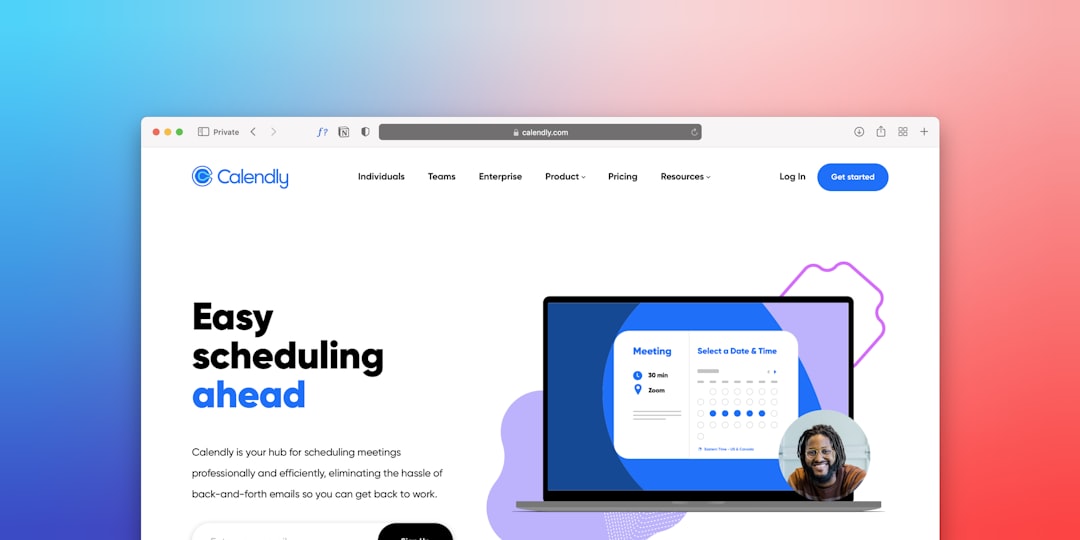
2. Predictive Design Based on Cultural and Consumer Trends
Another trend is the predictive analysis of consumer behavior and cultural dynamics. AI can mine data across social media, consumer purchasing patterns, and global news to forecast what color trends will dominate in the near future. Designers can then stay ahead of the curve by aligning their creative projects with these projected preferences, increasing relevance and market impact.
For instance, a fashion AI palette tool may analyze runway collections, influencer posts, and seasonal buying patterns and suggest color palettes that will likely become trendsetting in the coming year. This capability is particularly useful for industries where timing and trend awareness are critical.
3. AI-Enhanced Co-Creation Tools
Co-creation platforms are evolving to incorporate AI as a real-time collaborator rather than just an assistant. These tools will suggest palette variations during the design process, adapting to changes in composition or material selection. In this setup, the designer remains in control, but the AI becomes an intelligent partner capable of drawing from vast databases of past artworks, photography, and multimedia assets.
These tools could revolutionize artistic education as well, enabling students to gain immersive guidance on color theory from AI mentors equipped with the collective knowledge of centuries of visual art. This makes getting aesthetic feedback readily accessible and highly personalized.
Impacts Across Creative Disciplines
AI palette solutions are not confined to a single sector — their impact can be felt across multiple creative domains:
- In filmmaking, AI can match color palettes to narrative arcs, enhancing storytelling through visual tone.
- In game development, adaptive color systems react to player behavior or progression, improving depth and immersion.
- In fashion, AI analyzes fabric textures and lighting to determine optimal dyes and prints based on live trend data.
- In branding, AI ensures consistent and emotionally effective visual identities across print, web, packaging, and environmental design.
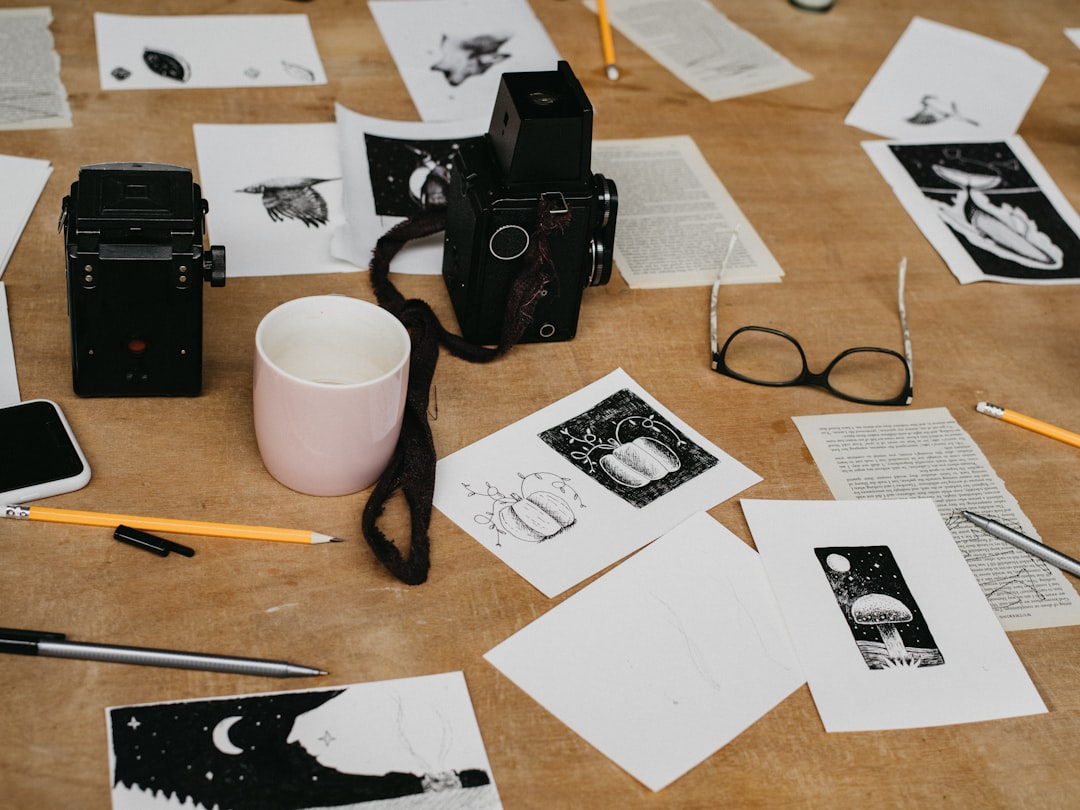
Challenges and Ethical Concerns
Despite its promising potential, AI palette technology also raises certain ethical and creative challenges:
- Over-reliance on algorithms could stifle creativity, as designers may defer too much to AI-generated suggestions, leading to homogenized aesthetics.
- Bias in training data might result in culturally narrow color interpretations, missing subtle symbolic or contextual meanings across different regions.
- Intellectual property concerns could arise if AI-generated palettes resemble existing copyrighted materials or if the training data includes proprietary designs without consent.
Addressing these issues will require transparent training processes, diverse data sources, and human-in-the-loop design systems that allow for ethical oversight without compromising innovation.
The Road Ahead
The future of AI palette technology is nothing short of revolutionary. As computational power increases and machine learning models become more specialized, their ability to support — and even inspire — human creativity will only grow stronger. In a world where visual communication continues to play an increasingly critical role, the demand for sophisticated yet intuitive tools that enhance creative expression is undeniable.
However, the key to adoption lies in balance. Rather than replacing the artist’s eye, AI should function as a powerful enhancer of human potential. Designers, illustrators, filmmakers, and other creatives are beginning to embrace these tools not as threats but as catalysts for deeper engagement with color, emotion, and form.
Conclusion
AI palette technology is rapidly emerging as an essential component of the creative toolkit. From predictive analytics and immersive personalization to ethical design and cross-cultural adaptation, its influence on art and design paradigms is profound. As we move forward, the collaboration between human intuition and artificial intelligence promises not just efficiency, but richer, more resonant, and impactful creative experiences.
In the coming years, creators who are able to leverage the full potential of AI-driven color tools will be better equipped to push boundaries, tell compelling stories, and lead innovation across the ever-expanding creative industries.


